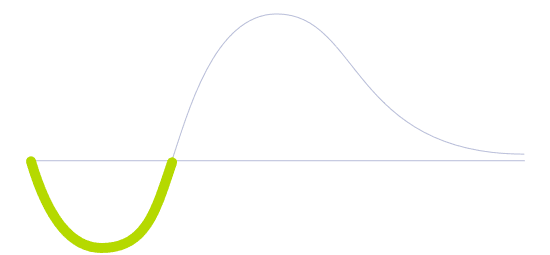Graphyne

Technology Life Cycle
Initial phase where new technologies are conceptualized and developed. During this stage, technical viability is explored and initial prototypes may be created.

Technology Readiness Level (TRL)
Experimental analyses are no longer required as multiple component pieces are tested and validated altogether in a lab environment.

Technology Diffusion
First to adopt new technologies. They are willing to take risks and are crucial to the initial testing and development of new applications.

A two-dimensional material similar to graphene, composed of carbon atoms arranged in a hexagonal lattice. However, unlike graphene, graphyne has a more complex lattice structure with two types of carbon-carbon bonds, which give it some unique properties.
Graphyne has been proposed as a material with exceptional electronic and mechanical properties. It is predicted to be a better conductor of electricity than graphene due to the presence of π-electrons in its structure. Additionally, graphyne is predicted to have high tensile strength, stiffness, and stability, making it an excellent candidate for use in nanoelectronics and other applications.
One of the main advantages of graphyne is that it has the potential to solve some of the limitations of graphene. For example, graphyne's one-dimensional structure makes it easier to create electronic devices that are only a few nanometers wide, which could revolutionize the electronics industry. Additionally, the unique electronic properties of graphyne make it an attractive material for creating more efficient solar cells.
However, these properties follow the results of simulated calculations, so actual proof of graphyne's effectiveness will be on hold until it can actually be synthesized experimentally.
Future Perspectives
Just as graphene revolutionized several industries since it was first synthesized, graphyne's theoretical properties could also grant it the title of "wonder material." Beyond its electrical conductivity properties, scientists see great potential for this material with important uses in energy storage, biomedical applications, membrane materials for water purification and desalination, gas separation, and environmental remediation.
Image generated by Envisioning using Midjourney